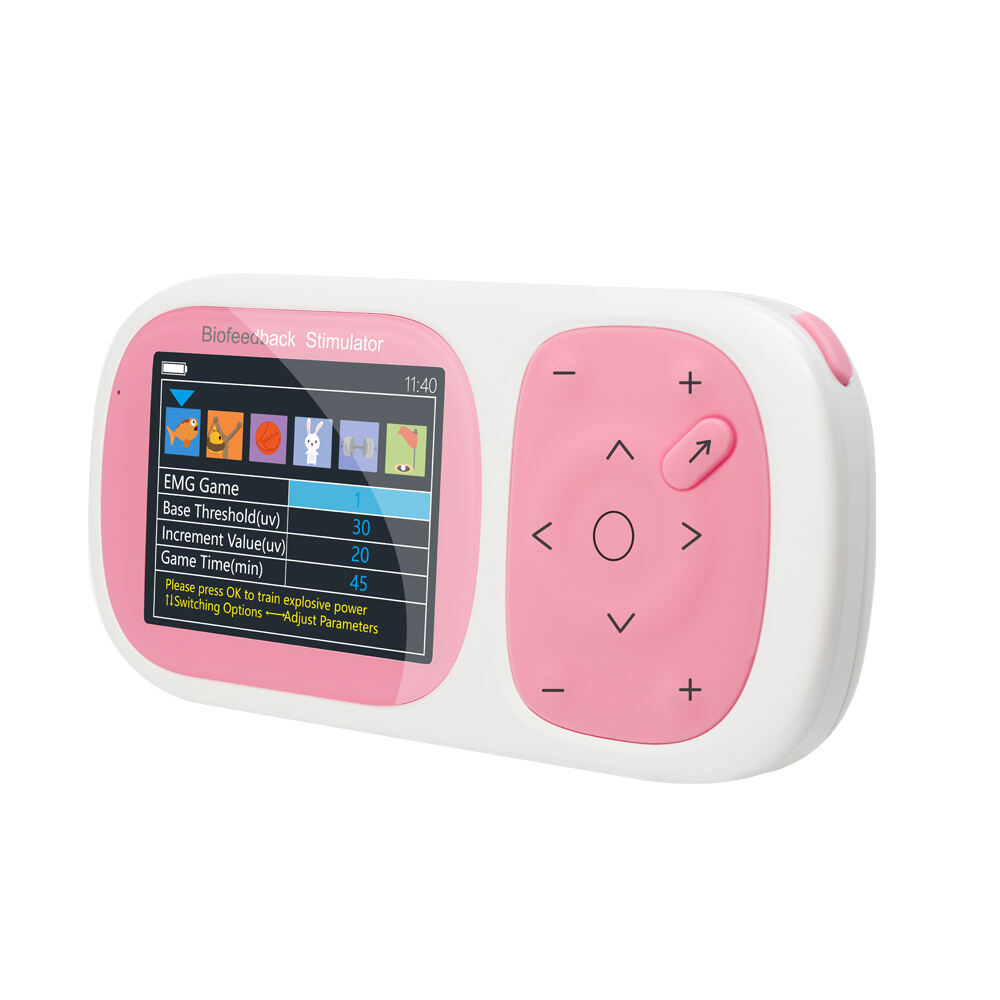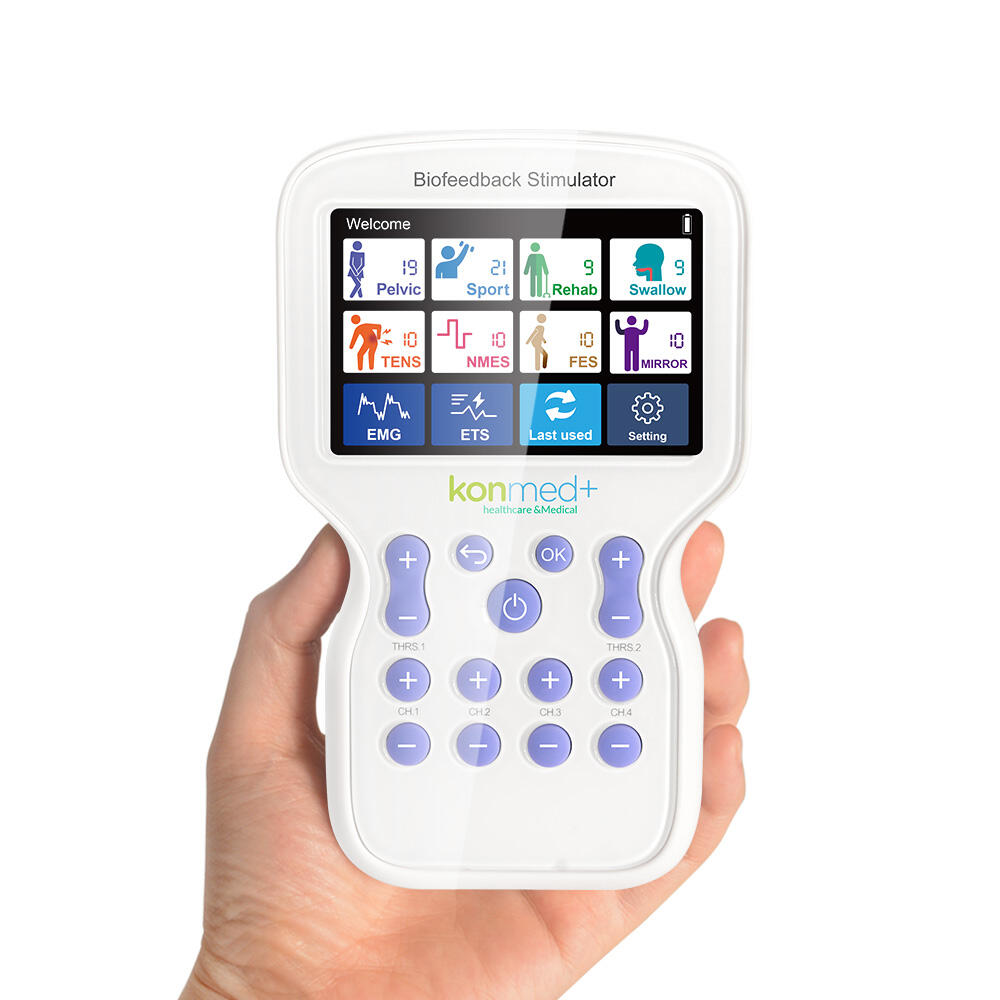Understanding the Science Behind Mind-Body Connection Through Biofeedback
Modern life's relentless pace has led to unprecedented levels of stress and anxiety, prompting many to seek effective, non-pharmaceutical solutions. Biofeedback training has emerged as a powerful therapeutic approach that bridges the gap between mind and body, offering a scientifically-proven method to manage these challenging conditions. This sophisticated technique enables individuals to gain remarkable control over their physiological processes, transforming how we approach mental health treatment.
Through specialized sensors and monitoring devices, biofeedback training provides real-time information about various bodily functions - from heart rate and muscle tension to brain wave patterns. This immediate feedback allows practitioners to observe and gradually influence these automatic processes, leading to improved emotional regulation and stress management capabilities.
The Fundamental Principles of Biofeedback Technology
Core Components and Monitoring Systems
At its heart, biofeedback training relies on sophisticated monitoring equipment that tracks various physiological markers. These systems measure heart rate variability, skin conductance, muscle tension, temperature variations, and brain wave patterns. The information is instantly displayed on screens, allowing individuals to see how their body responds to stress in real-time. This visual representation becomes a powerful tool for understanding and ultimately controlling these responses.
Modern biofeedback devices range from clinical-grade equipment used in professional settings to consumer-friendly wearables that offer basic monitoring capabilities. These tools create a comprehensive picture of the body's stress response, enabling practitioners to develop targeted interventions based on individual patterns and needs.
Physiological Parameters and Their Significance
Each physiological parameter monitored during biofeedback training provides unique insights into the body's stress response. Heart rate variability indicates autonomic nervous system function, while muscle tension measurements reveal physical manifestations of anxiety. Skin conductance levels reflect emotional arousal, and temperature changes can signal stress-induced circulation changes. Understanding these parameters helps practitioners customize training protocols for maximum effectiveness.
The beauty of biofeedback lies in its ability to make invisible processes visible. When individuals can see their heart rate spike during stressful thoughts or observe muscle tension increasing during anxiety-producing situations, they gain powerful tools for intervention and control.

Implementation Strategies for Effective Results
Establishing a Structured Training Protocol
Success in biofeedback training requires a well-structured approach that builds progressively on acquired skills. Initial sessions focus on establishing baseline measurements and teaching fundamental awareness techniques. As individuals become more proficient, training advances to more complex interventions and specific stress-management strategies. Regular practice sessions, typically lasting 30-60 minutes, allow for skill development and reinforcement.
Professional practitioners design customized protocols based on individual needs and responses. These protocols might include breathing exercises, progressive muscle relaxation, or guided visualization techniques, all enhanced by real-time biofeedback monitoring. The structured approach ensures consistent progress and measurable results.
Integration with Daily Stress Management
The true value of biofeedback training emerges when individuals successfully integrate learned techniques into their daily lives. Practitioners guide clients in identifying stress triggers and applying biofeedback-based strategies in real-world situations. This might involve using portable devices for quick stress checks or practicing learned techniques during challenging moments.
Regular practice outside formal sessions helps solidify skills and create lasting behavioral changes. Many individuals report significant improvements in their ability to manage stress and anxiety after incorporating biofeedback techniques into their daily routines.
Clinical Applications and Treatment Outcomes
Evidence-Based Results in Anxiety Treatment
Research consistently demonstrates the effectiveness of biofeedback training in treating various anxiety disorders. Clinical studies show significant reductions in anxiety symptoms, improved sleep quality, and enhanced emotional regulation among participants. The non-invasive nature of biofeedback makes it an attractive option for those seeking alternatives to medication.
Long-term follow-up studies indicate that the benefits of biofeedback training often persist well beyond the treatment period. Participants maintain improved stress management capabilities and report continued use of learned techniques months and even years after completing their initial training.
Combining Biofeedback with Other Therapeutic Approaches
While effective on its own, biofeedback training often yields enhanced results when integrated with other therapeutic modalities. Cognitive-behavioral therapy, mindfulness practices, and traditional stress management techniques can all be enhanced through the addition of biofeedback monitoring and training. This integrated approach addresses both the physiological and psychological aspects of anxiety disorders.
Healthcare providers increasingly recognize the value of incorporating biofeedback into comprehensive treatment plans. The objective data provided by biofeedback devices helps track progress and adjust interventions as needed, leading to more effective therapeutic outcomes.
Technology Advances and Future Developments
Emerging Biofeedback Innovations
The field of biofeedback training continues to evolve with technological advancements. Virtual reality integration, artificial intelligence-assisted monitoring, and more sophisticated wearable devices are expanding the possibilities for treatment and accessibility. These innovations make biofeedback more engaging and effective while providing deeper insights into stress response patterns.
Research into new applications and refinements of existing techniques promises even more effective interventions for stress and anxiety disorders. The integration of machine learning algorithms helps identify subtle patterns and personalize treatment approaches with unprecedented precision.
Accessibility and Home-Based Solutions
The development of user-friendly, affordable biofeedback devices is making this powerful technology more accessible to individuals outside clinical settings. Home-based systems, mobile applications, and remote monitoring capabilities allow for consistent practice and professional supervision without frequent office visits. This increased accessibility helps more people benefit from biofeedback training while maintaining the quality of care.
As technology continues to advance, we can expect to see even more innovative solutions that make biofeedback training more convenient and effective for managing stress and anxiety disorders.
Frequently Asked Questions
How long does it take to see results from biofeedback training?
Most individuals begin noticing improvements in their stress and anxiety levels within 8-10 sessions, though this can vary based on individual circumstances and commitment to practice. Some people report feeling more in control of their stress response after just a few sessions, while others may require several months of consistent training for optimal results.
Is biofeedback training covered by insurance?
Many insurance providers now cover biofeedback training when prescribed for specific medical conditions, including anxiety disorders. Coverage varies by provider and policy, so it's recommended to check with your insurance company about specific coverage details and requirements for reimbursement.
Can biofeedback be harmful or have side effects?
Biofeedback training is generally considered very safe, with no significant side effects reported. As a non-invasive therapy, it poses minimal risks. However, it's important to work with qualified practitioners who can ensure proper technique and appropriate application for your specific condition.





